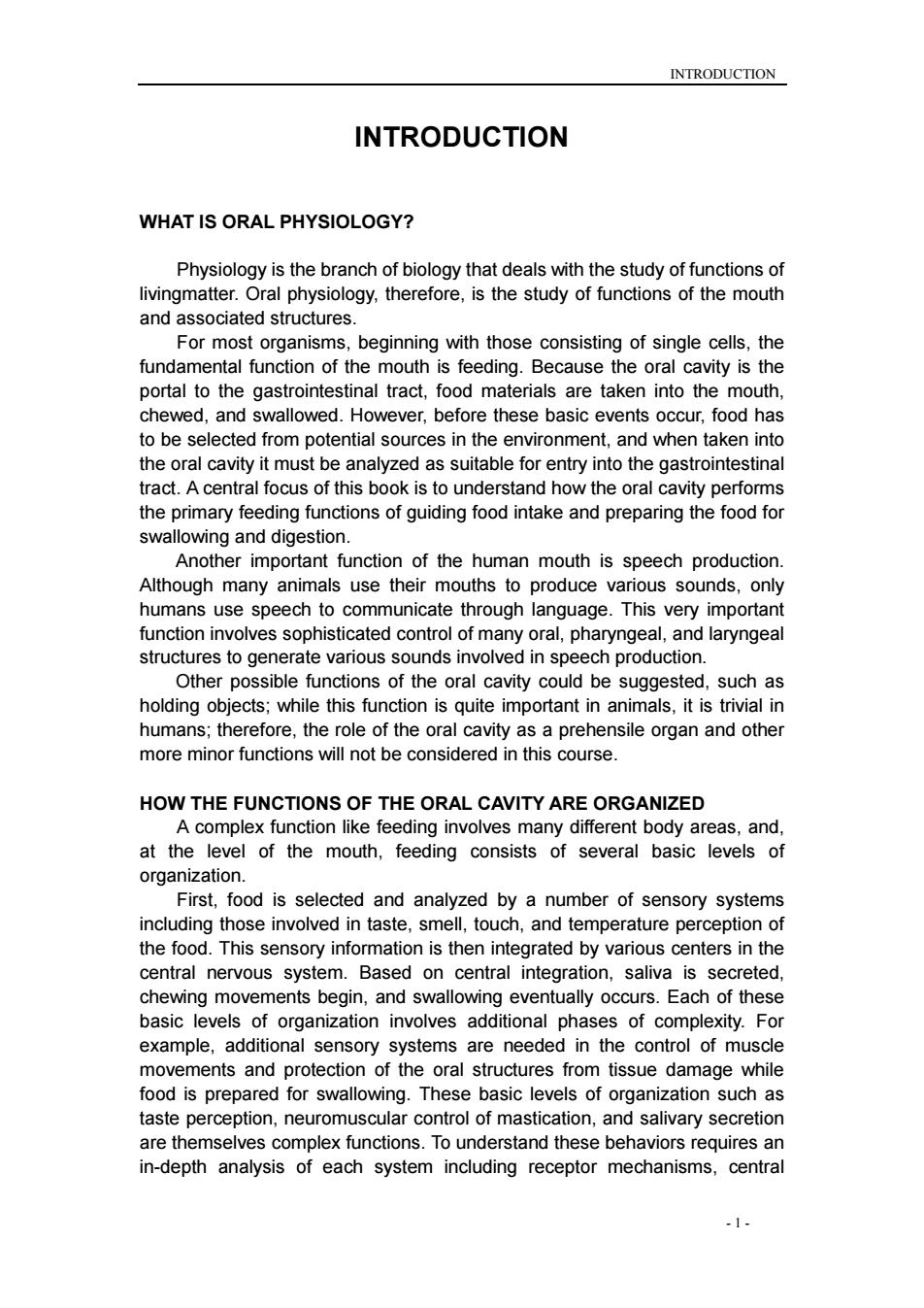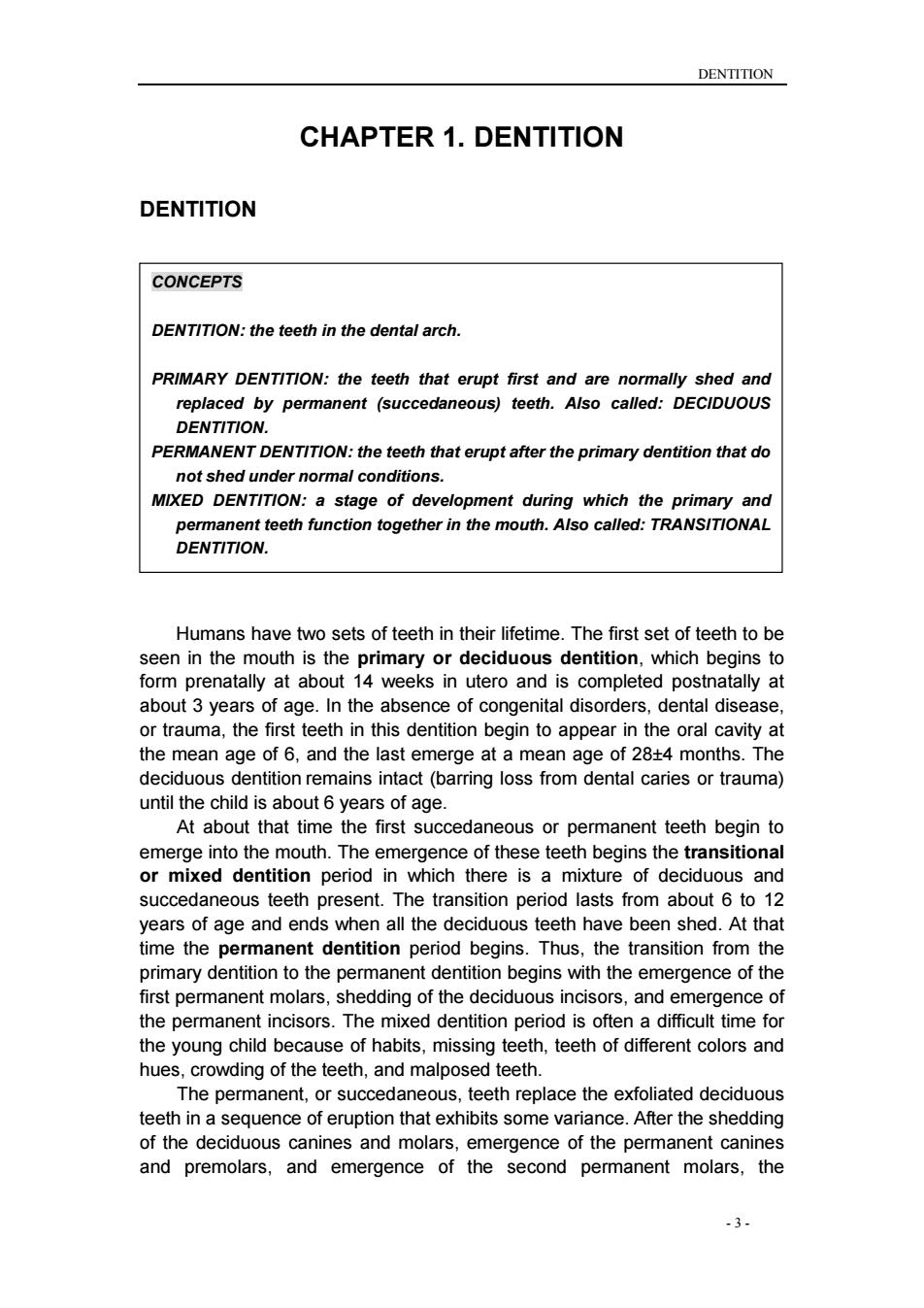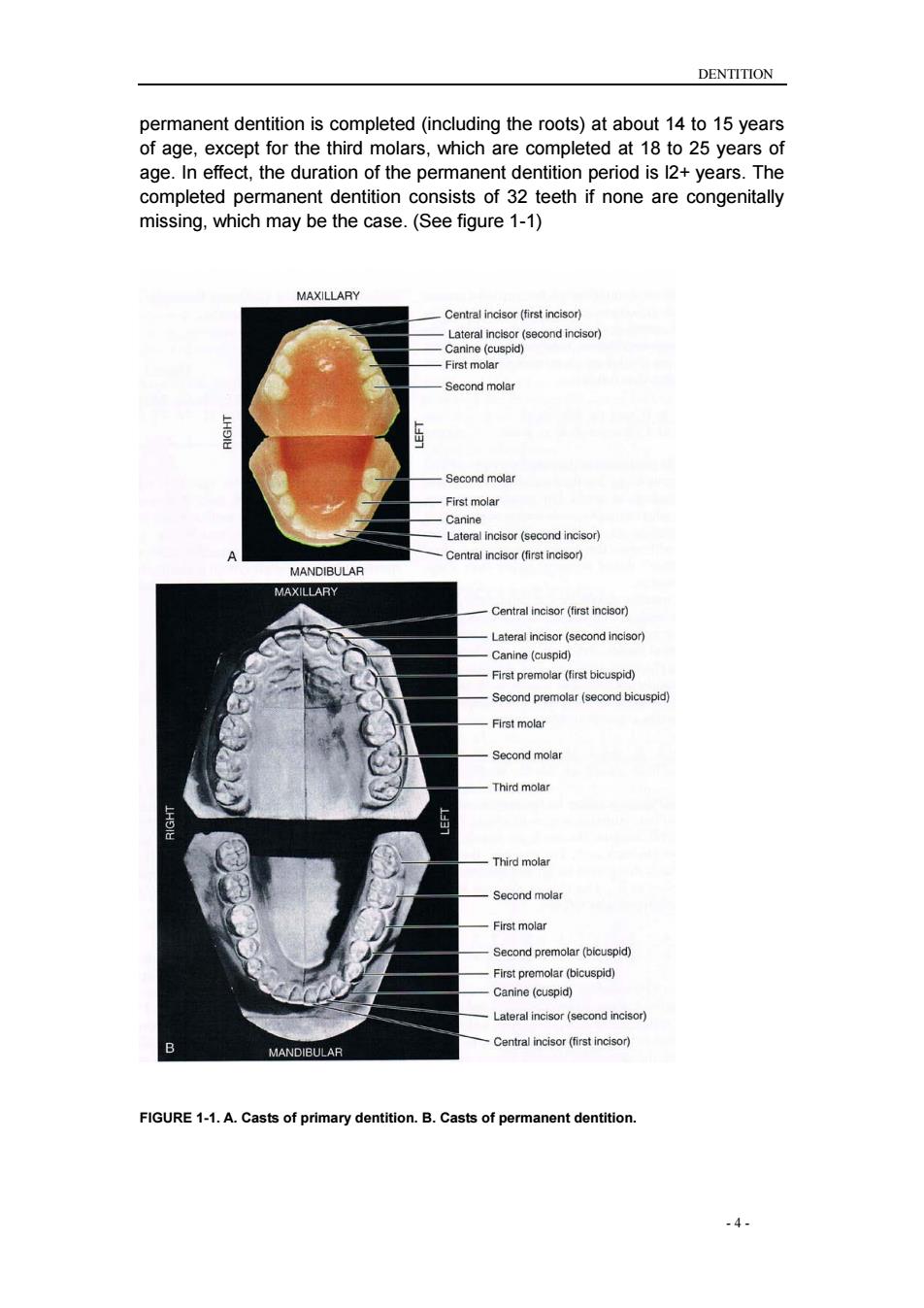
Oral Physiology Department of Prosthodontics 2014.3
Oral Physiology Department of Prosthodontics 2014.3

INTRODUCTION INTRODUCTION WHAT IS ORAL PHYSIOLOGY? Physiology is the branch of biology that deals with the study of functions of livingmatter.ral is the study of functions of the mouth and structures. For most organisms,beginning with those consisting of single cells,the fundamental function of the mouth is feeding.Because the oral cavity is the portal to the gastrointestinal tract,food materials are taken into the mouth. and swallowed.However,before these basic events occur,food has le rompt sources inte envromenann ta in the oral cavity it must be analyzed as suitable for entry into the gastrointestinal tract.A central focus of this book is to understand how the oral cavity performs the primary feeding functions of guiding food intake and preparing the food for swallowing and digestion. Another important function of the human mouth is speech production Although many animals use their mouths to produce various sounds,only humans use speech to communicate through language.This very important function involves sophisticated control of many oral,pharyngeal,and laryngeal structures to generate various sounds involved in speech production. humans;therefore,the role of the oral cavity as a prehensile organ and other more minor functions will not be considered in this course. HOW THE FUNCTIONS OF THE ORAL CAVITY ARE ORGANIZED mplex ction like fe ding involves many different b dy areas,and at the level of the mouth,feeding consists of several basic levels of organization. First,food is selected and analyzed by a number of sensory systems including those involved in taste,smell,touch,and temperature perception of enters in the central nervous system.Based on central integration,saliva is secreted. chewing movements begin,and swallowing eventually occurs.Each of these basic levels of organization involves additional phases of complexity.For example,additional sensory systems are needed in the control of muscle rotect of the oral struct om tissue rereor walling.These basic levelsof ee fr dar while taste perception,neuromuscular control of mastication,and salivary secretion are themselves complex functions.To understand these behaviors requires an in-depth analysis of each system including receptor mechanisms,central -1-
INTRODUCTION - 1 - INTRODUCTION WHAT IS ORAL PHYSIOLOGY? Physiology is the branch of biology that deals with the study of functions of livingmatter. Oral physiology, therefore, is the study of functions of the mouth and associated structures. For most organisms, beginning with those consisting of single cells, the fundamental function of the mouth is feeding. Because the oral cavity is the portal to the gastrointestinal tract, food materials are taken into the mouth, chewed, and swallowed. However, before these basic events occur, food has to be selected from potential sources in the environment, and when taken into the oral cavity it must be analyzed as suitable for entry into the gastrointestinal tract. A central focus of this book is to understand how the oral cavity performs the primary feeding functions of guiding food intake and preparing the food for swallowing and digestion. Another important function of the human mouth is speech production. Although many animals use their mouths to produce various sounds, only humans use speech to communicate through language. This very important function involves sophisticated control of many oral, pharyngeal, and laryngeal structures to generate various sounds involved in speech production. Other possible functions of the oral cavity could be suggested, such as holding objects; while this function is quite important in animals, it is trivial in humans; therefore, the role of the oral cavity as a prehensile organ and other more minor functions will not be considered in this course. HOW THE FUNCTIONS OF THE ORAL CAVITY ARE ORGANIZED A complex function like feeding involves many different body areas, and, at the level of the mouth, feeding consists of several basic levels of organization. First, food is selected and analyzed by a number of sensory systems including those involved in taste, smell, touch, and temperature perception of the food. This sensory information is then integrated by various centers in the central nervous system. Based on central integration, saliva is secreted, chewing movements begin, and swallowing eventually occurs. Each of these basic levels of organization involves additional phases of complexity. For example, additional sensory systems are needed in the control of muscle movements and protection of the oral structures from tissue damage while food is prepared for swallowing. These basic levels of organization such as taste perception, neuromuscular control of mastication, and salivary secretion are themselves complex functions. To understand these behaviors requires an in-depth analysis of each system including receptor mechanisms, central

INTRODUCTION pathways convevina information to the brain neural connections used in integrating sensory information,neurotransmitters for synaptic transmission, motor inte and mechanisms.By systems,we can understand the more complex behavior of the role of the oral cavity in feeding. THE IMPORTANCE OF THE STUDY OF ORAL PHYSIOLOGY Most of the information contained in this course derives from work of in basicbio mechanisms their findings nave resulted in remarkable progress in understanding orofacial function.These major advances are not only interesting in themselves,but also lead to explanations of orofacial dysfunctions and suggest better methods of diagnosis and treatment strategies.Many examples could be mentioned here. one interesting study centered on the very familiar phenomenon commonly referred to as a "sweet tooth.' In more technical terms a "sweet tooth"is the exaggerated preference behavior resulting from stimulation of taste receptors with certain classes of chemicals.Sweet foods motivate consumption,so sweeteners are added to a broad variety of prep foods to age pu and Unfortunately.this behavior can lad to severe heath pro ems including obesity and dental decay.It is therefore important to study the basic mechanisms of this phenomenon,and this has taken place at several levels. Neuroscientists have studied sweet taste receptor mechanisms and explored the coding of sweet taste by the central nervous system.Psychologists have experiments toexp aspects of sweet ta aste.As a rof these and other mulidspnay studies.I ha b posible to design sweeteners that have little or no caloric content,that do not act as a substrate for fermentation by oral bacteria,and that therefore do not result in tooth decay.In recent years,these alterative sweeteners have become common in m any so- alle diet fo ods.By fooling the taste system that evolved select swe sting,nutritious foods,we can experience the indulgence of sweet-tasting foods without some of the health-related consequences.In this example,scientists interested in how the taste system processes neural signals from chemicals placed on the tongue have contributed to major snov halth probicms and haveomed eetener industry as well Other examples could be given to detail how basic research has contributed to the understanding of clinical problems.Until the elementary biology of the orofacial region and the central nervous system control of orofacial structures is better understood,progress in clinical diagnosis and treatment of ny disorders wil al.This is anin troduction to the exciting work that has occurred in the study of the function of the mouth and associated structures. -2
INTRODUCTION - 2 - pathways conveying information to the brain, neural connections used in integrating sensory information, neurotransmitters for synaptic transmission, motor integrating systems, and peripheral effector mechanisms. By analyzing these fundamental systems, we can understand the more complex behavior of the role of the oral cavity in feeding. THE IMPORTANCE OF THE STUDY OF ORAL PHYSIOLOGY Most of the information contained in this course derives from work of investigators interested in basic biologic mechanisms; their findings have resulted in remarkable progress in understanding orofacial function. These major advances are not only interesting in themselves, but also lead to explanations of orofacial dysfunctions and suggest better methods of diagnosis and treatment strategies. Many examples could be mentioned here, but one interesting study centered on the very familiar phenomenon commonly referred to as a "sweet tooth." In more technical terms a "sweet tooth" is the exaggerated preference behavior resulting from stimulation of taste receptors with certain classes of chemicals. Sweet foods motivate consumption, so sweeteners are added to a broad variety of prepared foods to encourage purchase and consumption. Unfortunately, this behavior can lead to severe health problems including obesity and dental decay. It is therefore important to study the basic mechanisms of this phenomenon, and this has taken place at several levels. Neuroscientists have studied sweet taste receptor mechanisms and explored the coding of sweet taste by the central nervous system. Psychologists have designed experiments to explore the motivational aspects of sweet taste. As a result of these and other multidisciplinary studies, it has become possible to design sweeteners that have little or no caloric content, that do not act as a substrate for fermentation by oral bacteria, and that therefore do not result in tooth decay. In recent years, these alternative sweeteners have become common in many so-called diet foods. By fooling the taste system that evolved to select sweet-tasting, nutritious foods, we can experience the indulgence of sweet-tasting foods without some of the health-related consequences. In this example, scientists interested in how the taste system processes neural signals from chemicals placed on the tongue have contributed to major progress in controlling at least two serious health problems and have spawned a multimillion dollar artificial sweetener industry as well. Other examples could be given to detail how basic research has contributed to the understanding of clinical problems. Until the elementary biology of the orofacial region and the central nervous system control of orofacial structures is better understood, progress in clinical diagnosis and treatment of many disorders will remain empirical.This is an introduction to the exciting work that has occurred in the study of the function of the mouth and associated structures

DENTITION CHAPTER 1.DENTITION DENTITION CONCEPTS DENTITION:the teeth in the dental arch. PRIMARY DENTITION:the teeth that erupt first and are normally shed and replaced by permanent (succedaneous)teeth.Also called:DECIDUOUS ENTITION PERMANENT DENTITION:the teeth that erupt after the primary dentition that do not shed under normal conditions. MIXED DENTITION:a stage of development during which the primary and permanent teeth function together in the mouth.Also called:TRANSITIONAL ON Humans have two sets of teeth in their lifetime.The first set of teeth to be seen in the mouth is the primary or deciduous dentition,which begins to prenatally at about 14 weeks in utero and is co m leted postnatally at f age.In the absenc of congenital disorders,dental disease or trauma,the first teeth in this dentition begin to appear in the oral cavity at the mean age of 6.and the last emerge at a mean age of 28t4 months.The deciduous dentition remains intact(barring loss from dental caries or trauma) until the child is about 6 years of age At about that time the first succeda neous or permanent teeth begin to emerge into the mouth.The emergence of these teeth begins the transitional or mixed dentition period in which there is a mixture of deciduous and succedaneous teeth present.The transition period lasts from about 6 to 12 years of age and ends when all the deciduous teeth have been shed.At that time the pe nanent dentition pe od be gins Thus,t transition from h primary dentition to the permanent dentition begins with the emergence of the first permanent molars,shedding of the deciduous incisors,and emergence of the permanent incisors.The mixed dentition period is often a difficult time for the young child because of habits,missing teeth,teeth of different colors and wding of the teeth,and malpose teeth The permanent,or suc edaneous,teeth replace the exfoliated deciduous teeth in a sequence of eruption that exhibits some variance.After the shedding of the deciduous canines and molars,emergence of the permanent canines and premolars,and emergence of the second permanent molars,the -3-
DENTITION - 3 - CHAPTER 1. DENTITION DENTITION Humans have two sets of teeth in their lifetime. The first set of teeth to be seen in the mouth is the primary or deciduous dentition, which begins to form prenatally at about 14 weeks in utero and is completed postnatally at about 3 years of age. In the absence of congenital disorders, dental disease, or trauma, the first teeth in this dentition begin to appear in the oral cavity at the mean age of 6, and the last emerge at a mean age of 28±4 months. The deciduous dentition remains intact (barring loss from dental caries or trauma) until the child is about 6 years of age. At about that time the first succedaneous or permanent teeth begin to emerge into the mouth. The emergence of these teeth begins the transitional or mixed dentition period in which there is a mixture of deciduous and succedaneous teeth present. The transition period lasts from about 6 to 12 years of age and ends when all the deciduous teeth have been shed. At that time the permanent dentition period begins. Thus, the transition from the primary dentition to the permanent dentition begins with the emergence of the first permanent molars, shedding of the deciduous incisors, and emergence of the permanent incisors. The mixed dentition period is often a difficult time for the young child because of habits, missing teeth, teeth of different colors and hues, crowding of the teeth, and malposed teeth. The permanent, or succedaneous, teeth replace the exfoliated deciduous teeth in a sequence of eruption that exhibits some variance. After the shedding of the deciduous canines and molars, emergence of the permanent canines and premolars, and emergence of the second permanent molars, the CONCEPTS DENTITION: the teeth in the dental arch. PRIMARY DENTITION: the teeth that erupt first and are normally shed and replaced by permanent (succedaneous) teeth. Also called: DECIDUOUS DENTITION. PERMANENT DENTITION: the teeth that erupt after the primary dentition that do not shed under normal conditions. MIXED DENTITION: a stage of development during which the primary and permanent teeth function together in the mouth. Also called: TRANSITIONAL DENTITION

DENTITION permanent dentition is completed(including the roots)at about 14 to 15 years of age,except for the third molars.which are completed at 18 to 25 years of age.durain of the isyears.The missing,which may be the case.(See figure 1-1) MAXILLARY Centralincisor (first incisor Second mole Second mola First molar (second incisor Central incisor(first incisor) MANDIBULAR Central incisor (first incisor) ateral incisor(second incisor) Canine (cuspid) (c) Second premolar (second bic First molar Second mola FIGURE1-1.A.Casts of primary dentition.B.Casts of per nt dentition -4
DENTITION - 4 - permanent dentition is completed (including the roots) at about 14 to 15 years of age, except for the third molars, which are completed at 18 to 25 years of age. In effect, the duration of the permanent dentition period is l2+ years. The completed permanent dentition consists of 32 teeth if none are congenitally missing, which may be the case. (See figure 1-1) FIGURE 1-1. A. Casts of primary dentition. B. Casts of permanent dentition